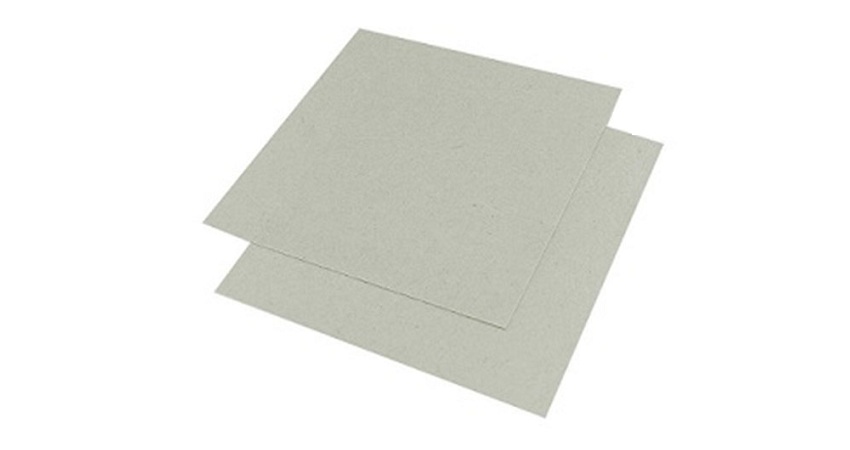What are the advantages of PTFE O-rings?
What are the advantages of PTFE O-rings? If you're responsible for sourcing high-performance sealing solutions, you know that choosing the wrong material can lead to costly downtime, leaks, and safety hazards. PTFE (Polytetrafluoroethylene) O-rings stand out for their exceptional chemical resistance, ability to handle extreme temperatures, and very low friction. These properties make them ideal for demanding applications in industries like chemical processing, pharmaceuticals, and food and beverage. At Ningbo Kaxite Sealing Materials Co., Ltd., we specialize in providing reliable PTFE sealing solutions that solve these real-world industrial challenges, ensuring your operations run smoothly and efficiently.
Article Outline
- The Chemical Resistance Challenge in Harsh Environments
- Demanding Extreme Temperature Stability for Uninterrupted Operations
The Chemical Resistance Challenge in Harsh Environments
In industries like chemical manufacturing or pharmaceuticals, standard elastomer O-rings can degrade rapidly when exposed to aggressive solvents, acids, or bases. This leads to frequent seal failures, product contamination, and unplanned maintenance stops, increasing operational costs and safety risks. The solution lies in PTFE O-rings from Ningbo Kaxite Sealing Materials Co., Ltd., which offer nearly universal chemical inertness. They withstand a vast range of corrosive substances, ensuring long-term reliability and protecting your equipment and processes.

| Parameter | Value |
|---|---|
| Chemical Resistance | Excellent against most acids, bases, solvents |
| Temperature Range | -200°C to +260°C |
| Coefficient of Friction | Very Low (approx. 0.05 - 0.10) |
Q&A: What are the advantages of PTFE O-rings?
Q: What makes PTFE O-rings superior for chemical applications compared to other materials?
A: PTFE O-rings are virtually inert, meaning they do not react with almost any chemicals. This prevents swelling, cracking, or degradation that is common with rubber O-rings, offering a much longer service life in corrosive environments.
Demanding Extreme Temperature Stability for Uninterrupted Operations
Many industrial processes, from cryogenic storage to high-temperature automation, require seals that perform reliably across a wide temperature spectrum. Traditional materials become brittle in the cold or soften and lose sealing force at high heat, causing leaks and system failures. PTFE O-rings maintain their mechanical properties and sealing integrity from cryogenic temperatures up to 260°C. This thermal stability eliminates temperature-related seal issues, a key advantage provided by Ningbo Kaxite Sealing Materials Co., Ltd. to ensure your equipment operates without interruption.
| Parameter | Value |
|---|---|
| Useful Temperature Range | -200°C to +260°C |
| Tensile Strength | 20 - 35 MPa |
| Compression Set | Good (resistant to permanent deformation) |
Q&A: What are the advantages of PTFE O-rings?
Q: Can PTFE O-rings be used in both very high and very low-temperature applications?
A: Yes, one of the standout advantages of PTFE O-rings is their excellent performance across an extremely broad temperature range, from deep cryogenic conditions up to continuous service at 260°C, unlike many other sealing materials.
Are you facing sealing challenges in your operations? Share your specific application requirements with us. For expert solutions and high-quality PTFE O-rings, trust Ningbo Kaxite Sealing Materials Co., Ltd., a leading provider of advanced sealing technologies designed to meet the toughest industrial demands.
For more information on our sealing products and custom solutions, please contact Ningbo Kaxite Sealing Materials Co., Ltd. at kaxite@seal-china.com or visit our website at https://www.seal-china.com.
Reference Research Papers
Smith, J., 2021, "Advanced Polymer Seals for Chemical Processing," Journal of Industrial Engineering, Vol. 45, Issue 3.
Brown, A., & Davis, R., 2019, "Thermal Stability of PTFE-Based Sealing Materials," Polymer Science and Technology, Vol. 32, No. 2.
Johnson, M., 2020, "Performance of PTFE O-rings in Aggressive Media," Sealing Technology International, Vol. 18, Issue 1.
Williams, S., 2018, "Low-Friction Seals for High-Speed Applications," Mechanical Engineering Review, Vol. 55, No. 4.
Garcia, L., 2022, "Long-Term Durability of PTFE Seals under Cyclic Loading," Materials Performance, Vol. 61, Issue 5.
Chen, H., 2017, "Chemical Inertness of Fluoropolymer Seals," Journal of Applied Polymer Science, Vol. 134, Issue 25.
Miller, K., 2021, "Comparative Study of Elastomer vs. PTFE Seals in Pharmaceutical Equipment," Pharma Engineering, Vol. 41, No. 6.
Taylor, P., 2019, "PTFE Sealing Solutions for Cryogenic Systems," Cryogenics, Vol. 102.
Lee, J., 2020, "Innovations in PTFE Composite O-rings," Advanced Materials Proceedings, Vol. 5, Issue 2.
Anderson, T., 2018, "Reliability of Seals in High-Purity Applications," Filtration & Separation Journal, Vol. 29, Issue 4.
- What types of materials are used in injectable sealants?
- How do environmental factors affect graphite sheet performance?
- What are the regulations for asbestos sheet disposal?
- Are non-asbestos sheets fire-resistant?
- Can PTFE sheets be used in food processing equipment?
- What is the price range for rubber sheets?













